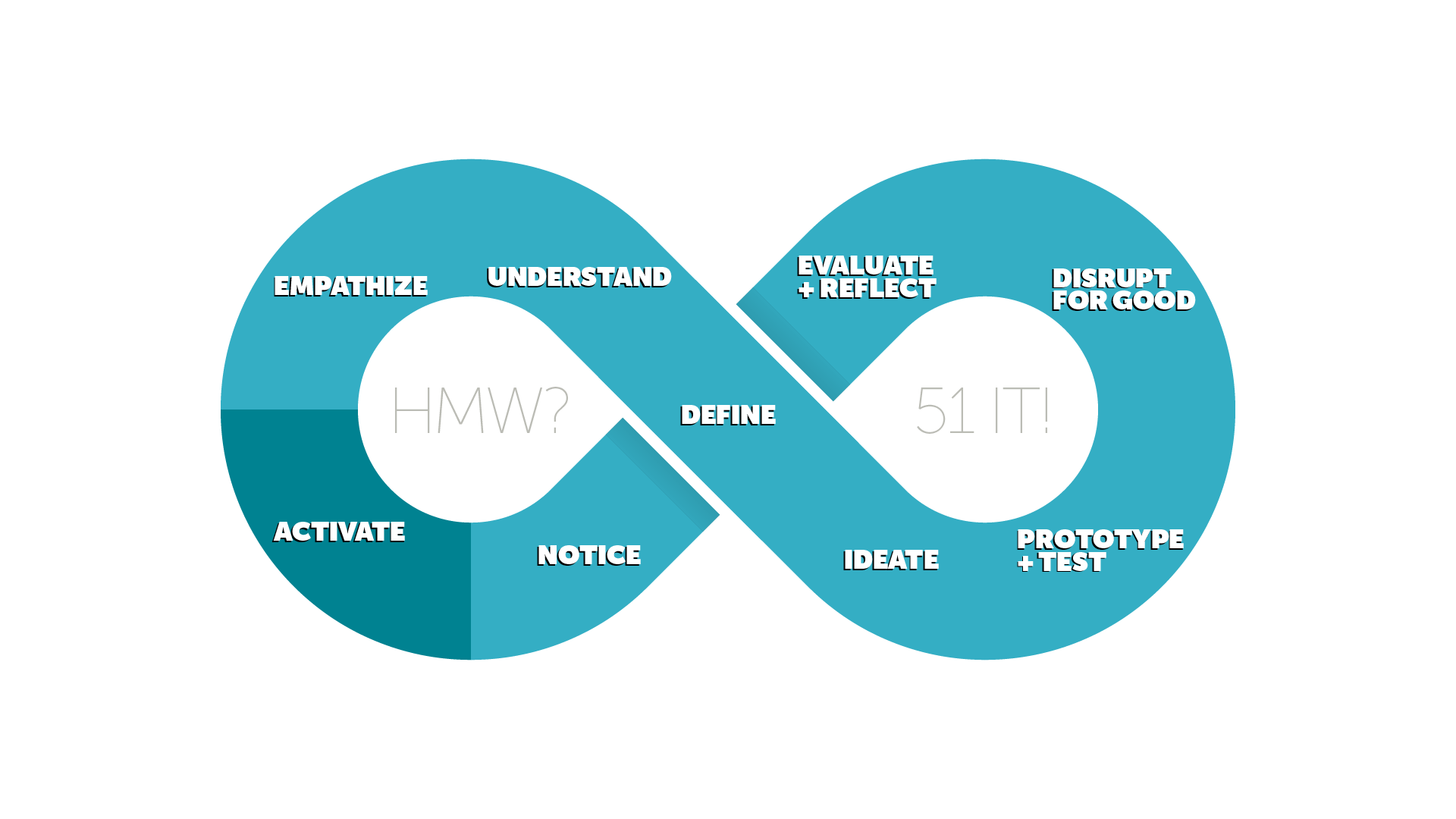THE design toolbox is a COLLECTION OF DESIGN THINKING RESOURCES, AND ACTIVITIES FOR PROBLEM SOLVERS OF ALL LEVELS AND EXPERIENCES.
Explore One Stone’s collection of design thinking tools, assets, and processes created by One Stone, IDEO, Stanford d.school, and other leading design organizations.
Interested in making learning at your school more relevant, engaging, and real world?
Incorporate Design Thinking into your school by partnering with One Stone Ventures.












What in the world makes your heart break?